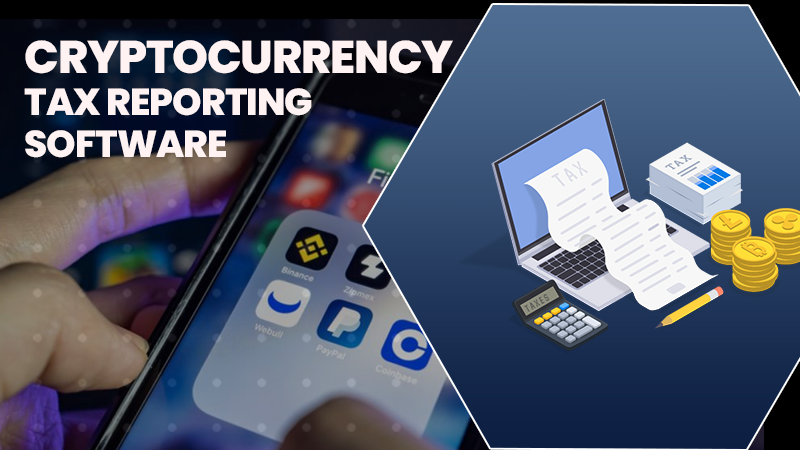ETF vs CFD: Know the Difference
When trading in the financial markets, it is crucial to understand the key differences between different financial products. ETFs and CFDs are financial instruments that allow investors to invest in something without buying it. They can often be used to cheaply get exposure into an index or commodity you want to invest in without directly owning it. There are distinct differences between ETFs and CFDs that investors should know about before trading these products.
What is an ETF?
An ETF, or Exchange Traded Fund, is a type of security that tracks an underlying index, such as the S&P 500, or a basket of assets like gold and silver. Traders can buy and sell ETFs on exchanges like stocks, making them very liquid investments.
When purchasing an ETF, the investor buys a piece of the fund, which owns the underlying assets. When an investor buys shares of an ETF that tracks the S&P 500, they are essentially purchasing a piece of every company included in the index.
What is a CFD?
CFDs, or Contract for Differences, are a type of derivative product that allows investors to trade the movements of the price of assets without actually owning the underlying asset. When trading CFDs, the investor speculates whether the asset price will go up or down. CFDs are not as liquid as ETFs and can only be traded through a broker.
The Key Difference Between ETFs and CFDs
The key difference between ETFs and CFDs is that the investor is buying a piece of the fund and therefore owns the underlying assets with ETFs. With CFDs, the investor speculates whether the asset price will go up or down. This means that an ETF provides indirect exposure to an index or basket of assets, while a CFD offers direct exposure to the price movements of an individual asset.
One of the most significant advantages of ETFs is that they are very tax efficient. When you sell an ETF, you are only taxed on the profit made, if any, when selling it for a gain. You do not have to pay any Capital Gains Tax (CGT) on the underlying assets. For example, if you bought an ETF for £10 and sold it for £12, you would only be taxed on the £2 gain (£12-£10). This is not the case with CFDs, where you are taxed on your entire profits from the trade – even if you only made a tiny profit.
ETFs are very cheap to use when it comes to buying or selling. All you have to do is pay the price of one share of the fund, and your order will be filled immediately, which can be great for small investors who need things done quickly. On CFDs, you usually have to wait for another trader to come along and fill your order; if there isn’t anyone at that price, you might not get filled at all (or worse, you might get filled at a much worse price). Furthermore, the spreads on ETFs usually are relatively narrow compared with those on CFDs which is what makes them cheaper in the first place. It is also why investors like gold and silver.
One final difference between these two financial instruments is that ETFs can sometimes be difficult or expensive to short (that is, to bet that the price will go down). This is because you need to borrow the underlying shares to sell them short, and not everyone has access to this service. On the other hand, CFDs can easily be shorted as there is no need to borrow anything.
Finally
ETFs and CFDs aren’t direct competitors because they serve different purposes for investors. The choice between them depends on what you want to use them for. If you are a new investor, you should use a reputable online broker from Saxo Bank and trade on a demo account before investing your money. For more information, check over here.











Share